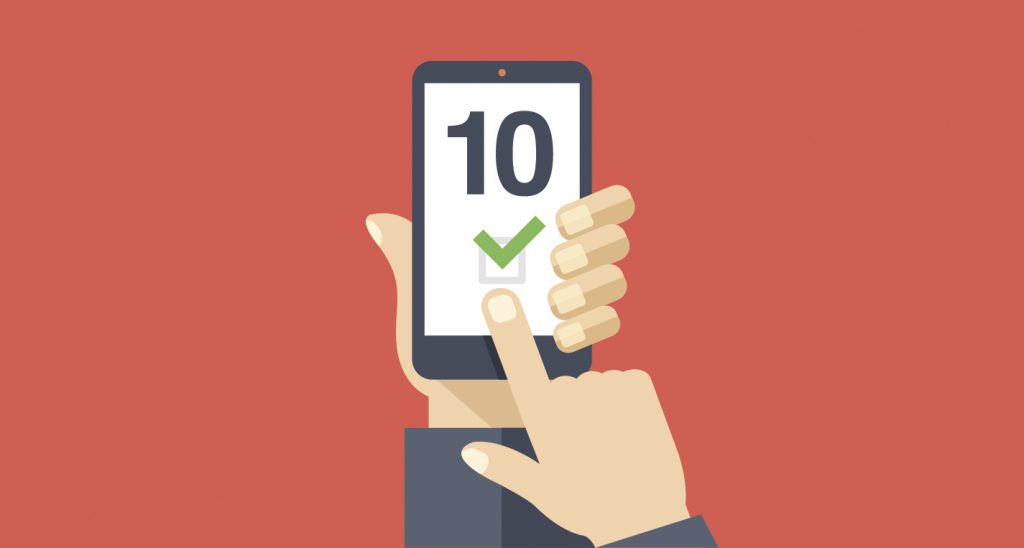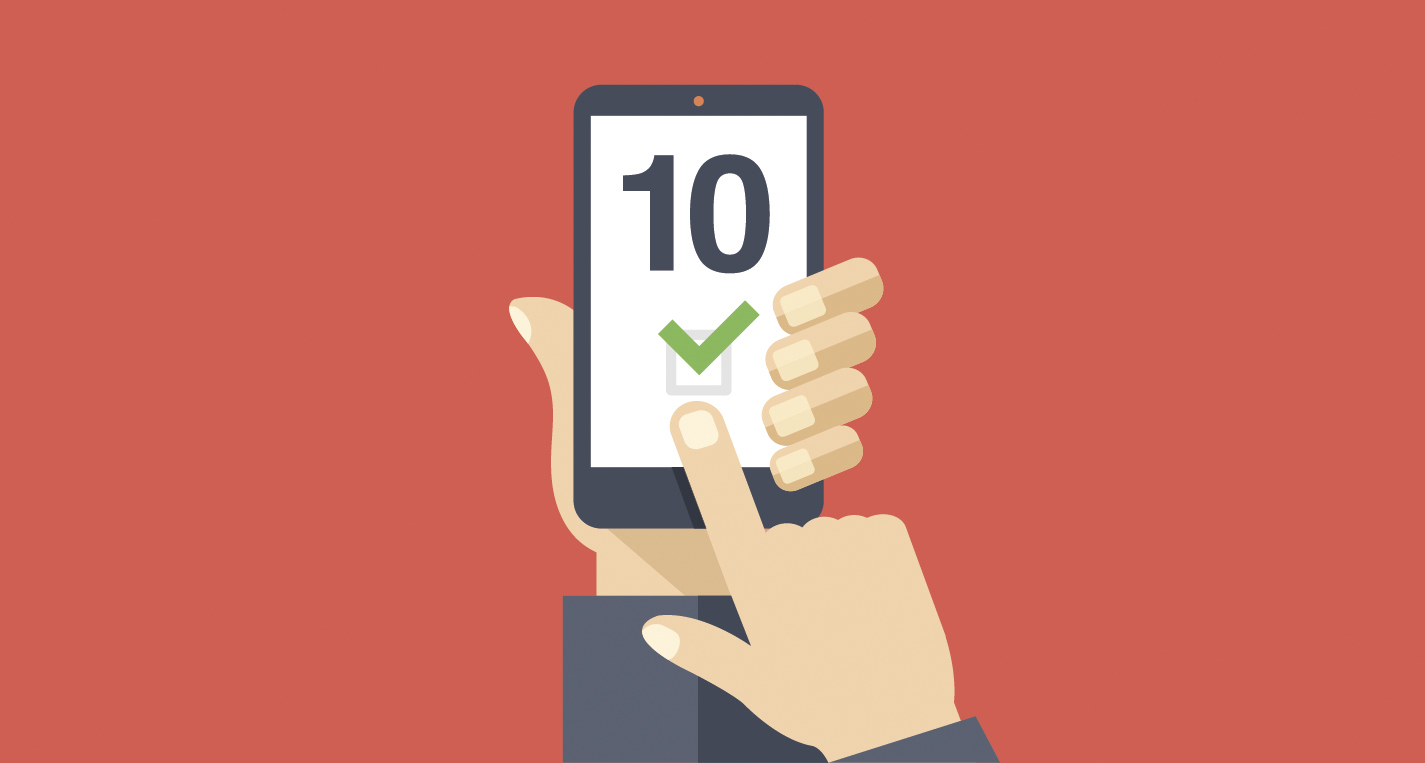
The new GDPR rules have led all companies to change their data processes and privacy policies – especially where they need to gain consent for marketing.
This has a significant affect on company’s marketing activity – especially when that marketing is targeting the individual. Sending a direct mail to a company is OK but if it is addressed to an individual, that’s where the problems lie.
After May 25th 2018, it was no longer lawful to send marketing campaigns (for example, eShots or direct mail) to individuals without having their consent to do so. And, it is no longer acceptable to simply assume they have given consent if they haven’t specifically requested not to.
So, if companies want to be able to send marketing eShots/direct mail or even place a phone call to current and potential clients, they are going to need to act quickly to get their clients to provide consent for marketing activity like mailshots.
Here are ten very simple ways to help get that consent for marketing:
1. ASK: tell your clients about this, get the message out there. No doubt they will already have heard about GDPR. You are sure to get better response from speaking directly and asking. And, as they are your client, they are more likely to want to hear about marketing offers and news.
2. CONSENT REQUEST E-SHOT: create an eShot/Direct mail to your database prior to the May 25th cut off date. Ask for consent. Ask your clients to send you an email back providing their name and a positive phrase (eg “I consent to you keeping my contact details for marketing purposes”). Furthermore, ensure the eShot/Direct Mail is engaging enough to be read, understood and acted upon. Simply saying ‘Please provide consent’ will not be enough. Especially if there are many other companies sending eShots asking for the same thing. The eShot needs to be clever in its design to cut through the many other eShots your client receives.
3. ONLINE CONSENT FORM: get your web developers to add a consent form to your website and drive your visitors, clients, prospects there. Ensure that the form is clear and complies with the rules regarding what you are asking for. The developers can then ensure the filled forms are emailed direct to yourself for retention (remember, the GDPR requires that you can prove you have consent so you will need to keep these on file). Furthermore, the developers can even link the details straight into MailChimp for future marketing.
4. WEBSITE CONSENT BUTTON: perhaps you can add an eye-catching consent button to every page of your website. Make it stand out, even put it in a different colour, make the text relevant and link it to your online form. That way, wherever anyone lands on your website, this button will be visible.
5. E-SIGNATURE CONSENT LINK: for all client-facing members of your team, where emails are regularly sent out, you could add a consent link on their eSignature. This ensures that everyone who receives an email from that person (clients, prospects, even suppliers) will have access to that link. Of course, if you do not already have an eSignature, then get one created – they are now seen as part of your branded stationery.
6. PROVIDE AN INCENTIVE: the fact is many of your customers/prospects are busy and only respond to emails which they feel relevant/priority. As such, you may want to enhance the relevance of an eShot by providing an incentive for that person to provide consent. This could be a gift, an entry into a competition, reduction of costs, etc.
7. SOCIAL MEDIA ENGAGEMENT: your customers and prospects may already be linked with you through your social media accounts. Use this media and engage/communicate what you are looking for. Either from direct messages or via creative, consent-related advertising. Whichever you choose, ensure this is eye-catching, engaging and relevant.
8. WEBSITE LANDING MESSAGE: Again, this is one for your web developers. Ask them to have a message appear on the website once someone has landed there. This message could be a drop down, overlay form asking for consent or simply make it a link to your online consent form. Please note that you are not allowed to force people to click the consent box (ie making the website usable ONLY IF they click the ‘yes’ button).
9. UPDATE YOUR BUSINESS CARD: For the next few months, perhaps have some alternate business cards created for those who are client facing. Add consent details on the back and add a QR code so that, for mobile devices, the user can link quickly to the consent form for mobile devices.
10. RECEPTION MESSAGE: if clients & prospects come to your office, put up a poster in reception for all to see. As with the business card, this can show a QR code which allows those clients to quickly link to the consent form whilst they are waiting.
Of course, these are just ten very simple ways of gaining consent. There are many many more. If you would like our help to create a Consent Programme for you, just drop us a line on 01784 683000 or email

